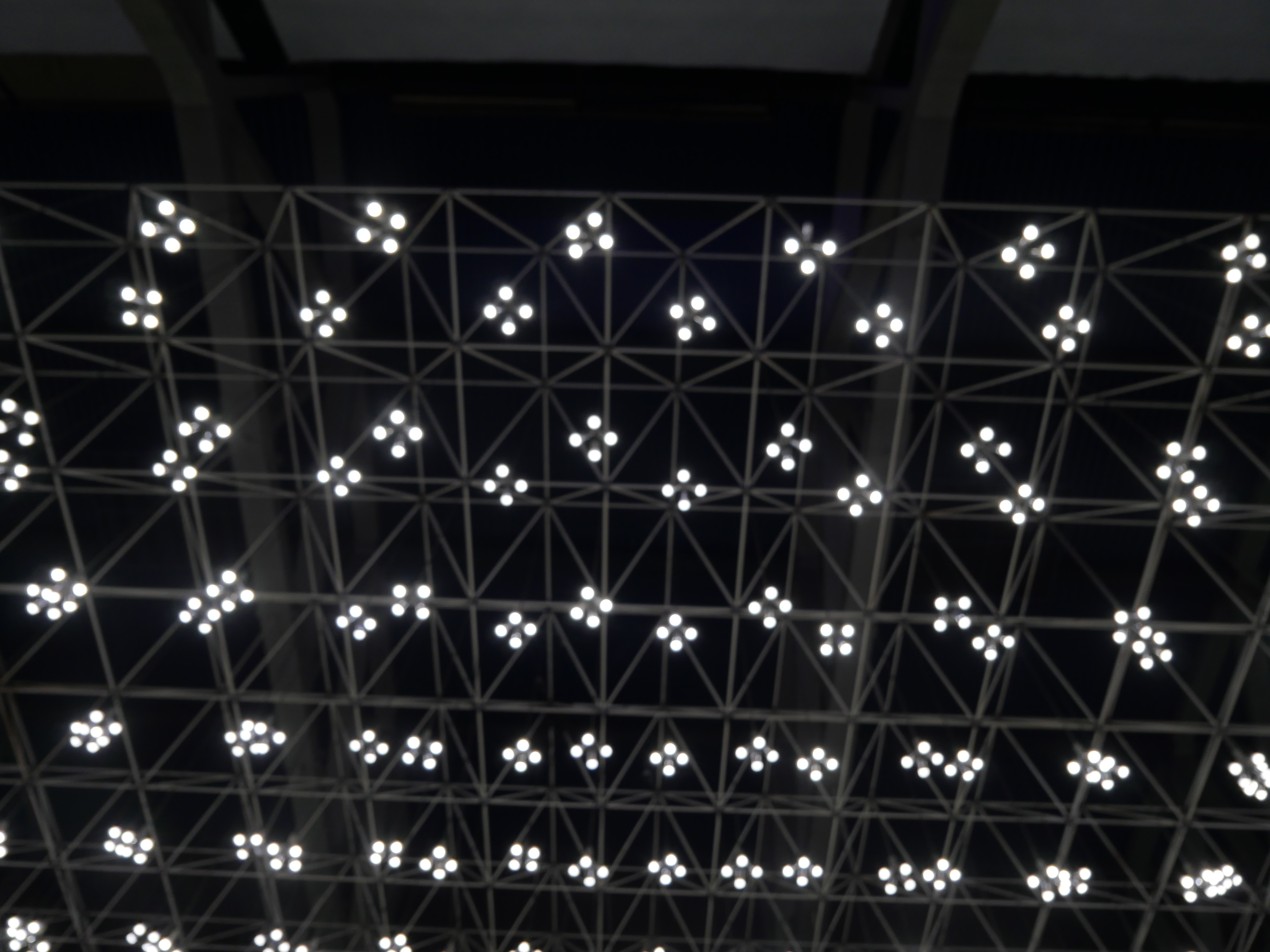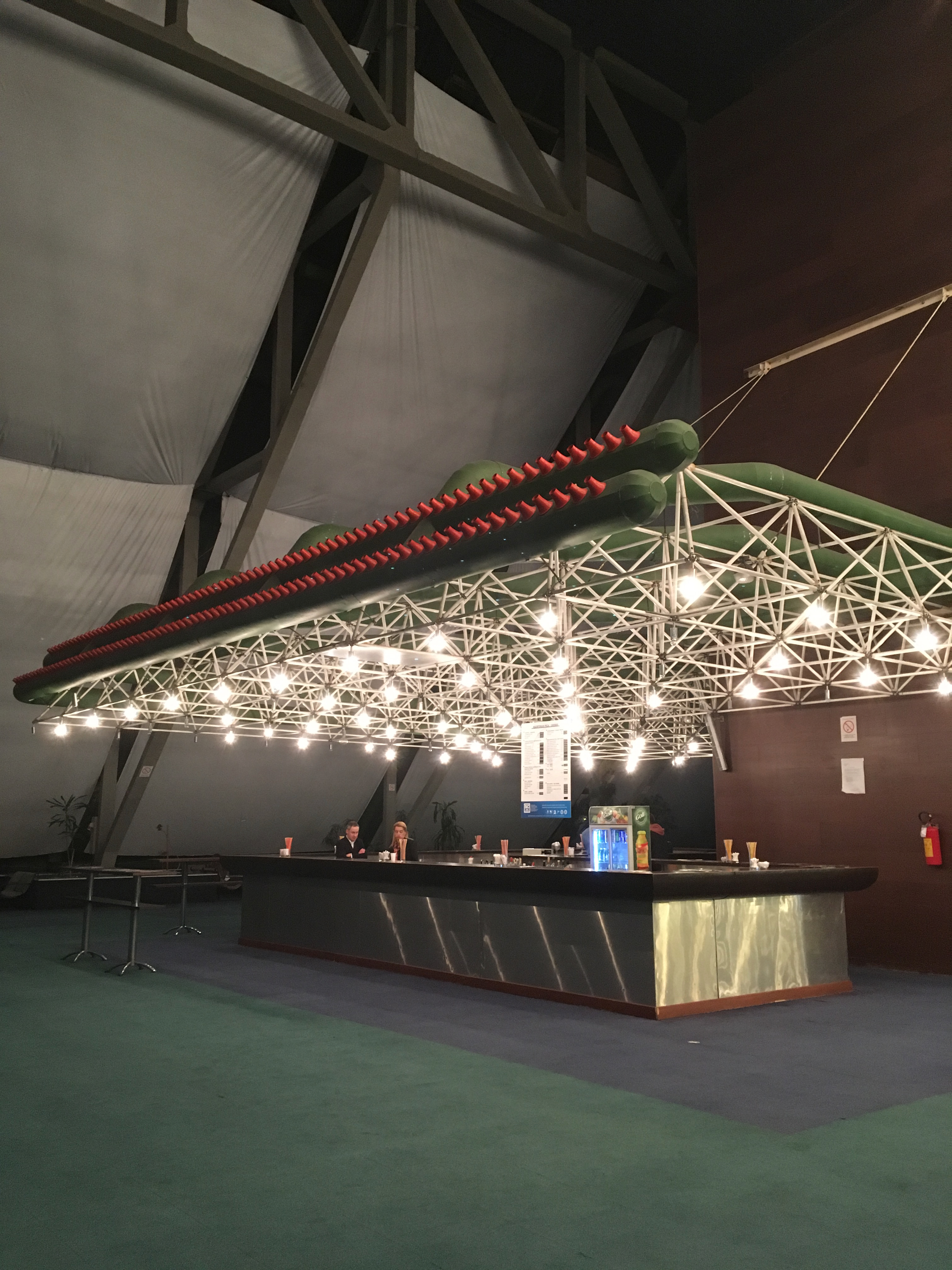When I asked Maja Necić from AUTORI, one of the leading contemporary architecture and design studios in Serbia, for any buildings that inspire her work, she took a pause and then immediately said: Sava Centar.
Designed by Stojan Maksimović, one of Yugoslavia’s most promising architects who was in his 40s at the time, and built between 1976 and 1979, it was mean to be the face of a vibrant, progressive Yugoslavia.
Its promotional role for the country was baked in its inception: the project was started so that Belgrade could host an OSCE meeting in 1977 (when the first phase was completed) and then the remainder of the project (including the InterContinental Hotel) was rushed so that the IMF and the World Bank could have their global assemblies meetings in its massive hall (which can seat 3,677 attendees).
Besides its ambitious and somewhat gaudy architecture, which featured a lot of waterworks which have since been shut off, Sava Centar was endowed with an art collection which included of more than a dozen tapestries and sculptures, provided by some of Yugoslavia’s best artists, like Dušan Džamonja. Now hiding in dark corners, this art underscores how important SC was in presenting Yugoslavia’s sophisticated face to the global political and business world.
The efforts of its architect, Stojan Maksimović, who later moved to the USA, did not pass unnoticed. He won the local October Prize for Architecture and was even nominated for the inaugural Pritzker Prize in 1979 (it went to Philip Johnson instead).
However, ever since its inception Sava Centar has been regarded as a bit of a white elephant. Although it managed to maintain its prestige during 1990s, with a lot of pricey boutiques opening in its shopping area, and InterContinetal attracting the new class of “transition winners” (including infamous warlord/criminal Arkan who was shot in its lobby in January 2000) it was badly hurt by Yugoslavia’s isolation.
Although still impressive, its beauty is greatly faded by huge advertisements on the outside and leaky installations inside (whenever it rains, watch out for the buckets at its entrances). Although there are plans to privatise this behemoth of a congress centre, its return to glory remains a distant dream. Until then, you can enjoy wandering through its eerily empty hallways and grabbing drinks at its atmospheric, although deserted bars dripping with 70s nostalgia.


















The Nutshell Times is an independent project and a work of love – but it still requires money to run. If you like the content you can support it on Paypal or Patreon.


One thought on “Hidden Belgrade (45) Sava Centar: Yugoslavia’s Global Stage”